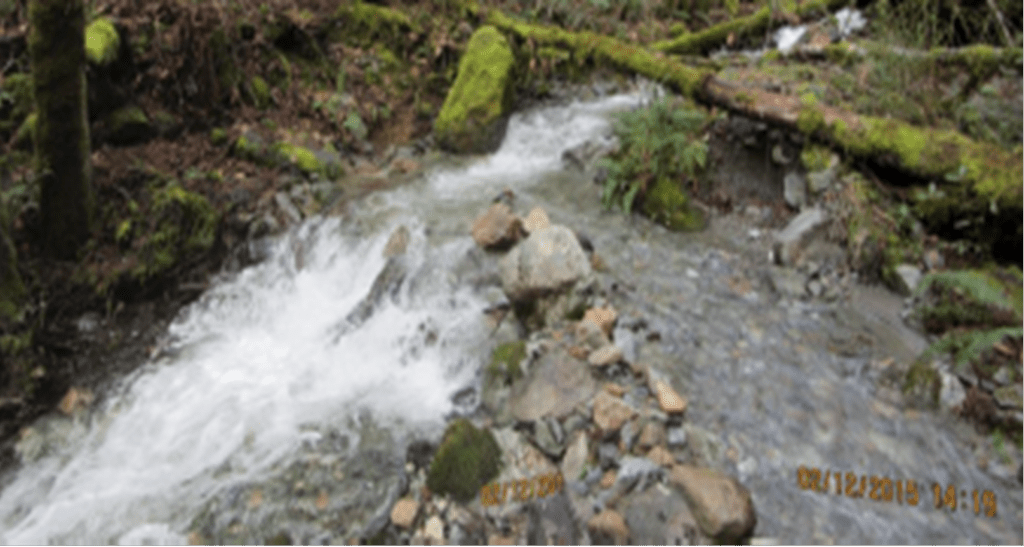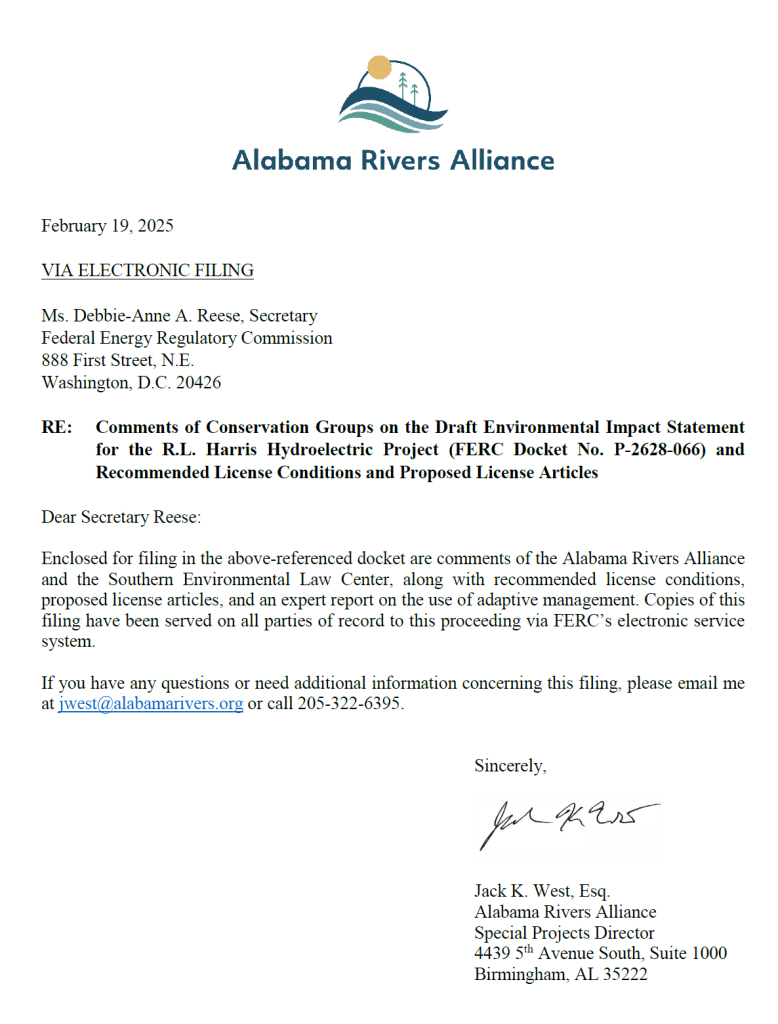FERC’s eLibrary is, in many ways, a model of what a government agency’s public information system should be: All filings and decisions at the Commission are freely downloadable from an open, searchable online database. After the September 11, 2001 attacks, however, FERC clamped down on some of this openness. Since energy infrastructure was considered a likely target for future attacks, there was a great deal of concern over the ease with which potential attackers could use FERC’s website to access information about dams, gas pipelines, and other energy projects.
In February 2003, FERC published rules on Critical Energy Infrastructure Information (CEII). These rules defined information that could be protected for national security purposes, and outlined procedures by which this information could be shared. These CEII rules pose some interesting problem for conservation and recreation interests.
First, the guidelines on what constitutes CEII are vague. Compliance reports, project cross-sections, and project maps are all regularly designated as CEII. In some cases, even FERC’s own analyses of public-interest relicensing decisions have been placed outside of the public view. Documents are designated as CEII by the power companies that are filing them, and FERC staff do not review these designations to determine if the CEII designation is appropriate. This means that power companies now have the ability to place sensitive or embarrassing public information that has absolutely nothing to do with national security outside of the public view, either by designating it falsely as CEII or by cloaking it by filing it in combination with other information that is legitimately designated as CEII. While it is possible to petition FERC staff to change an erroneous CEII designation, it should not be incumbent on the public to point out these errors. Rather, FERC staff should review CEII designations closely to determine if they are legitimate or not.
The CEII rules presume that all members of the public are potential terrorists, so an individual must first demonstrate that he or she is not a terrorist before viewing a document designated as CEII. However, this permission is only granted on a per-document basis. Individuals must repeatedly demonstrate that they are not terrorists if they need to view more than one document. Once permission has been granted, the requesting individual may not share the document with anyone. Incredibly, FERC allows dam owners to comment on whether or not the requestor is a terrorist and should be allowed to review the materials. At least one power company has already abused this privilege in an attempt to shut out stakeholders where there was a legitimate natural resource dispute.



